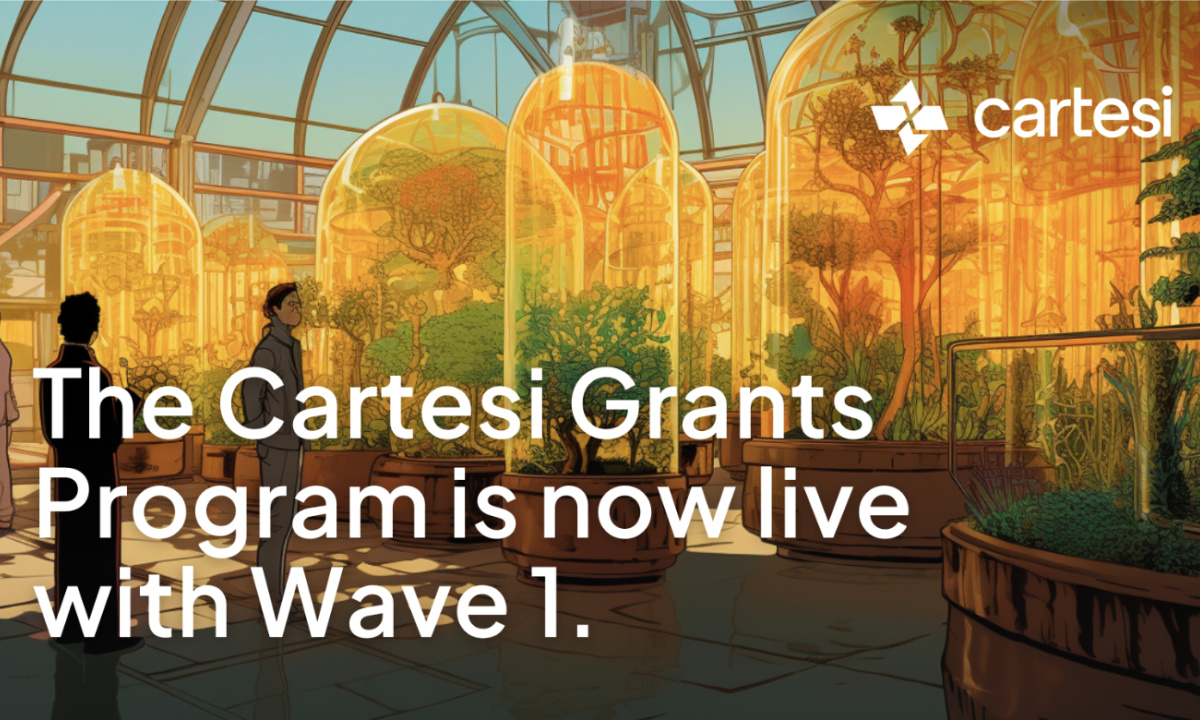Various types of renewable energy

Renewable energy, also known as clean energy, is produced from natural resources such as sun, water, and wind that are created and replenished faster than they are consumed. Most renewable energy sources have zero carbon emissions and minimal air pollutants. On the other hand, fossil fuels (oil, coal, natural gas) are finite resources, so when burned, they emit harmful greenhouse gases (GHG) such as carbon dioxide (CO2) and methane. It is widely recognized as a major cause of climate change, especially global warming.
Understanding the types of renewable energy sources available can be an important step in reducing your carbon footprint and reducing the environmental impact of your organization’s operations and supply chain.
solar power
Solar energy has evolved into an efficient, versatile and resilient form of energy. Currently, there are two main methods of generating solar power: photovoltaic (PV), which is used for small-scale applications, and solar power (CSP), which is mainly used for utility and industrial-scale applications.
Solar PV installations, including solar panels, have unique challenges, including cloud movement, weather, tree location, and more. To overcome these challenges, technological advancements have made solar cells more flexible, lighter, easier to install, cheaper to produce, and more efficient because they require less space to collect the same amount (or more) of light. It has become powerful.
Today, solar power has a variety of uses across industries. Private homes and businesses can install rooftop solar panels to generate electricity on site. On a larger scale, solar power plants can be installed on vacant land for industrial purposes, helping to reduce energy consumption. Data centers, hospitals, government facilities, and more use solar power to supplement their energy needs.
wind power
The modern wind turbine was created in 1940, and technology has advanced steadily and significantly since then. Today’s wind turbines range from small-scale (single-family homes or businesses) to utility-scale (offshore wind farms). Wind energy is a cost-effective way to integrate clean, sustainable energy into your power supply. And when it comes to impacts on wildlife, wind power projects rank lower than any other energy source.
Although used for general power generation, local wind power is still used to mill grain and pump water. Wind power can also provide energy for electric vehicle charging stations.
In September 2022, the White House announced plans to expand U.S. offshore wind energy production by 2035 using large-scale floating turbines that can be deployed in deeper waters. This has the potential to more than double production capacity.
hydroelectric power
Water is the largest source of renewable energy. Hydroelectric power relies on the flow of water and is the largest contributor of renewable electricity globally. It uses ocean and tidal energy, the flow of rivers and streams, reservoirs and dams to drive turbines that produce electricity.
In addition to power generation, many industries utilize hydroelectric power for their operations. For example, mining uses water from remote locations to aid extraction, while textile and chemical manufacturers can use on-site hydroelectric systems to power processes such as laundry, manufacturing, sanitation, and more.
Tidal power, in particular, has untapped potential. Currently, several tidal power technologies are being researched and developed, including:
- Tsunami bombardment: A dam equipped with turbines is installed at the mouth of a bay or estuary to release water to produce electricity.
- Birds: Turbines fixed to buoys or the seabed utilize the movement of ocean currents.
- wave energy: Electric power is produced using the movement and pressure of waves. Ocean areas with strong winds are best.
Water is an abundant natural resource, but it can be sensitive to environmental changes. For example, decreasing winds can affect the number and strength of waves, and drought conditions can reduce the amount of water in reservoirs, streams, and rivers.
geothermal
Geothermal energy systems convert heat from the Earth’s interior (in the form of hot steam and hydrocarbon vapors) into electricity. Electricity produced from geothermal energy is used throughout industry. For example, they provide heat to agricultural greenhouses and heating and cooling to manufacturing and food processing. Geothermal energy is also used for heating and cooling commercial buildings such as hospitals and schools. Geothermal heat pumps (GHP) are used in small-scale applications, such as powering homes.
Both large-scale geothermal power plants and small-scale GHP require a relatively small footprint compared to other renewable energy sources. Additionally, the infinite heat flow within the Earth’s interior provides a continuously replenishable source of fuel.
biomass energy
Biomass uses organic materials and by-products to provide direct heat, generate electricity, and create biofuels, including biodiesel and ethanol. Biofuels can be used in industrial boilers to generate steam to power processes. It also has the potential to replace fossil fuels in the transportation sector.
Bioenergy provides more consistent total energy production than solar and wind energy, but produces lower levels of greenhouse gases. These gases, combined with additional environmental impacts, including the effects of landfill use, raise questions about how sustainable biomass energy really is.
What about nuclear power?
Nuclear power requires the rare and non-renewable mineral uranium, but is still considered a low-carbon emission energy source. The next generation of nuclear power plants and generators will be smaller, more versatile, and more energy efficient. Advanced small modular reactors (SMRs) can vary in size depending on need and have a variety of applications, including power generation, desalination, heating, and more.
Nuclear and hydroelectric power provide three-quarters of the world’s low-carbon energy, but safety concerns and operating costs are leading to a decline in nuclear power generation in developed countries. Minimizing new investments can reduce nuclear power generation by two-thirds by 2040.
Understanding the Power Grid
Understanding where and how power is generated helps determine the most effective renewable energy strategy. Many power grids use a combination of renewable power and fossil fuels to provide a reliable power supply. A microgrid is a small, independent network connected to the main grid and uses renewable and alternative energy sources to balance load requirements. Microgrids provide local supply with greater grid stability and resilience, helping to reduce the likelihood of energy supply disruptions.
A variety of renewable energy source options exist, allowing people and organizations to choose the option that best suits them to achieve their sustainability goals. Whether it’s a dedicated on-site renewable energy system, a grid utilizing mixed energy sources, or a hybrid approach using a combination of the two, the choice may be based on convenience, cost-effectiveness, or other factors.
At IBM, 64% of the company’s energy consumption across its global operations comes from renewable energy sources. Of these, 49% come directly from renewable electricity suppliers and 15% directly from the grid. You can learn more about IBM’s impact here.
Meeting renewable energy and new technology
Technologies, including artificial intelligence (AI) and data analytics, are key to enhancing the benefits of renewable energy. This can help streamline and automate energy technologies, such as creating custom models to drive energy supply optimization.
For example, data provides tremendous value to energy and utility companies. Insight into the performance and health of operational assets, including digital assets, along with maintenance, repair and replacement schedules, is critical to maintaining power. Integrating AI can help you further optimize energy and utility operations through new insights that investigate the root cause of problems and build predictive maintenance frameworks. Read how Bruce Power is managing the future with a dynamic Enterprise Asset Management (EAM) platform built using IBM® Maximo® Application Suite.
Join forces with like-minded colleagues to accelerate renewable energy and environmental goals.
Subscribe to the IBM Sustainability Newsletter
Was this article helpful?
yesno



